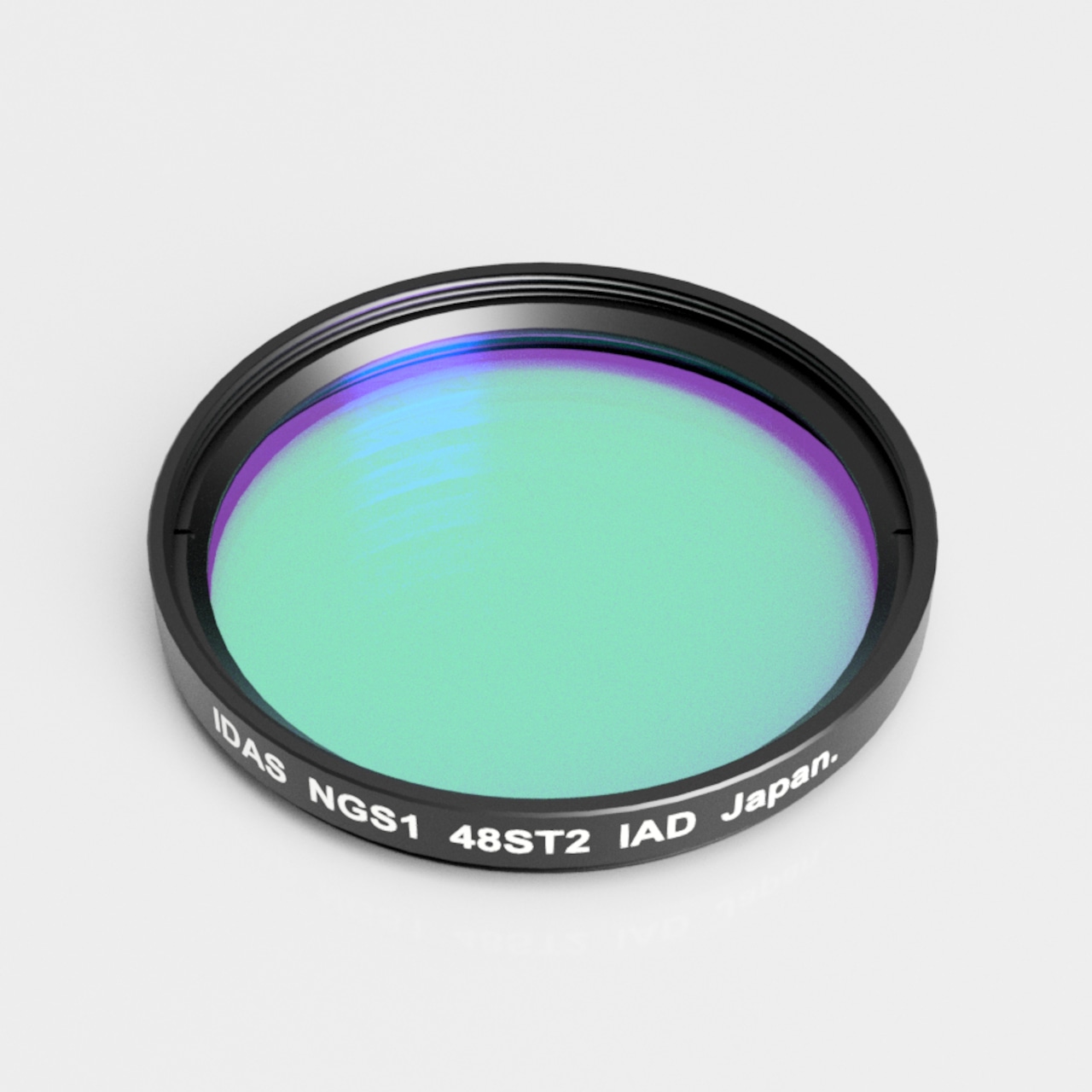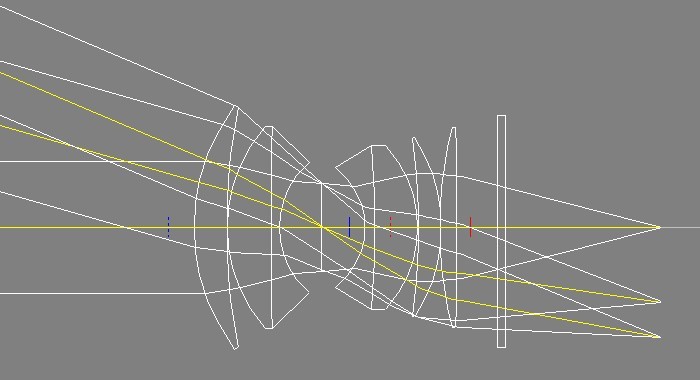TOTAL: HK$ 0
Brands
Categories
Product name or code
Status
Price Range
toSequence
Search

Original Price:HK$1280
M48mm P0.75mm, substrate thickness 2.0mm
|
| *This product is an interference filter. Its spectrum characteristics will be subject to the incidence of incoming light. Please carefully read the following instruction for proper use: | |
| When the NGS1 is placed before the lens: | |
Use a lens having the light incidence angle of 14 degrees or lower (field angle of 34 degrees or lower). |
|
| When the NGS1 is placed between the lens and camera: (applies to IDASmio filters) | |
|
When your camera is equipped with an APS-C image sensor and uses a lens with a *back focal distance of 40mm or greater and F value of two or faster, it is possible to hold down the maximum averaged incidence angle of the incoming light ray against the filter within about 14 degrees. Under the conditions of the above mentioned camera, there will be almost no field angle requirements for the lens to be used. |
|
 28mm F2.8 28mm F2.8 |
 50mm F2.0 |
*This is NOT the flange focal length.. |
|